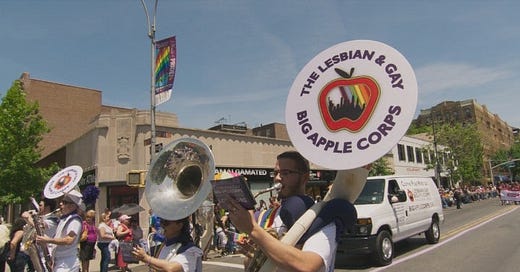‘In Jackson Heights’ Masterfully Captures the Scope of American Diversity
Written by Daniel Walber
Leave it to Frederick Wiseman to make a cinematic masterpiece about something as humdrum and close to the ground as community organizing. The filmmaker’s attention in recent years has mostly been focused on single institutions, albeit vast ones. With In Jackson Heights he has turned from the interior, controlled spaces of arts and education and to the o…
Keep reading with a 7-day free trial
Subscribe to Nonfics to keep reading this post and get 7 days of free access to the full post archives.



